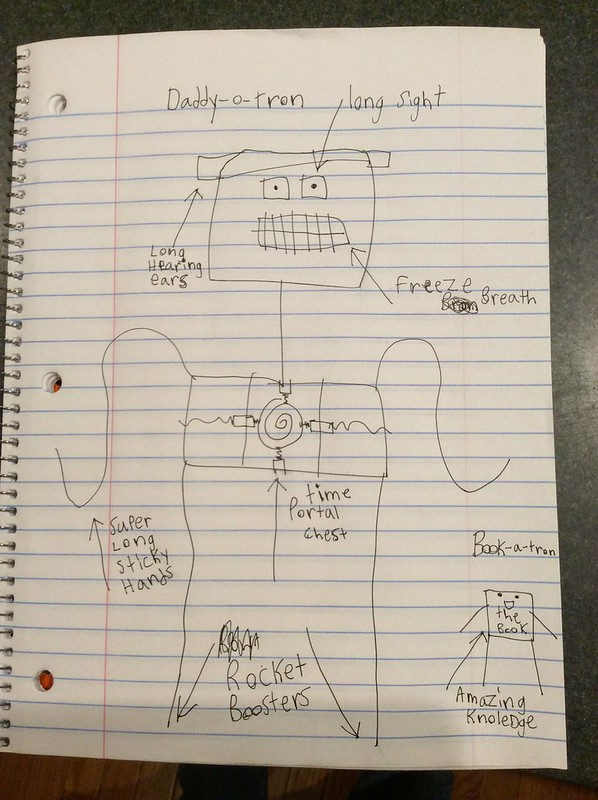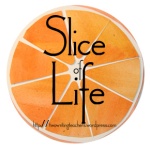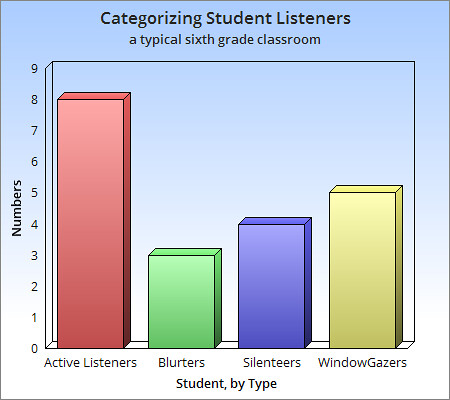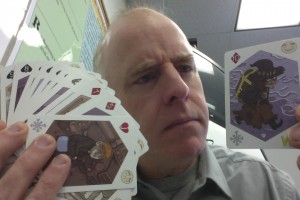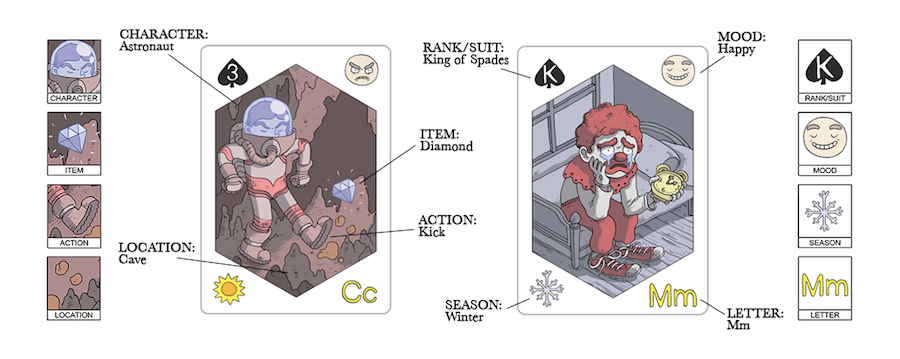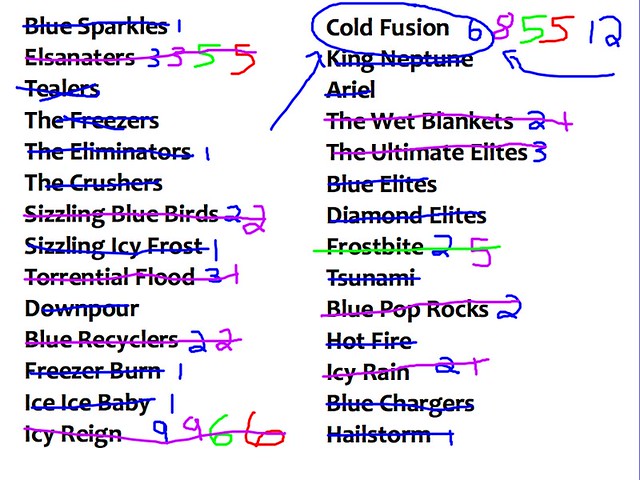(Each day in March, a whole bunch of educators are writing Slices of Life — capturing the small moments. It is facilitated by Two Writing Teachers. You write, too.)

Before I get into the Life Cycle of a Balloon, perhaps I should note just how odd and strange sixth graders can be. Just when I think I am weird in my own way of thinking and writing (and I am, happily), one of my 11 or 12 year olds will come up with something off-kilter and unexpected. I love that.
She walked into the classroom in the morning.
“I have half of my bus ready to root for the blue team,” she announced. Our Quidditch team is blue. Apparently, she has been rallying the troops on her bus to support our team.
“Oh?” I asked, getting paperwork on my desk sorted out. I was only halfway paying attention.
“Yep,” she said, grinning. “I promised not to tell them the Life Cycle of a Balloon.”
That got my attention. The Life Cycle of a Balloon? Another few students had come in to the room by then. One classmate, a close friend of hers, groaned. “Not that!” the friend said, slapping her forehead in a fake dramatic move.
“What’s the Life Cycle of a Balloon?” I asked, a bit naive.
“No!” the classmate wailed. “Don’t ask her!”
Too late.
She smiled at me, and then, in a quick, rhythmic voice with a lilting tone of “now you asked for it,” she went into a memorized sing-song verse about a blue balloon found by a balloon man, who blows it up and ties a string to it, sends it skyward where it gets hit by an airplane, falls to the Earth (but not before hitting a passing bird), gets found by another balloon man, who blows it up, ties a string to it, sends it skyward, into space, where it hits a satellite ….
“Oh,” I say, as she keeps going on and on, looking at me directly. Her bus-mates agreed to support the blue team as a way to get her to stop repeating her story. She was still spinning her tale as I realized this. Still, the story unfolds.
“See?” her friend says. “Now you’ve gone and done it.”
At that, though, she stopped the story and smiled even a bigger smile.
“And that,” she said, with a little bow, “is the Life Cycle of a Balloon” and then erupted into giggles. I had to laugh, too. Even her friend, exasperated as she was, smiled.
Peace (never pops),
Kevin
